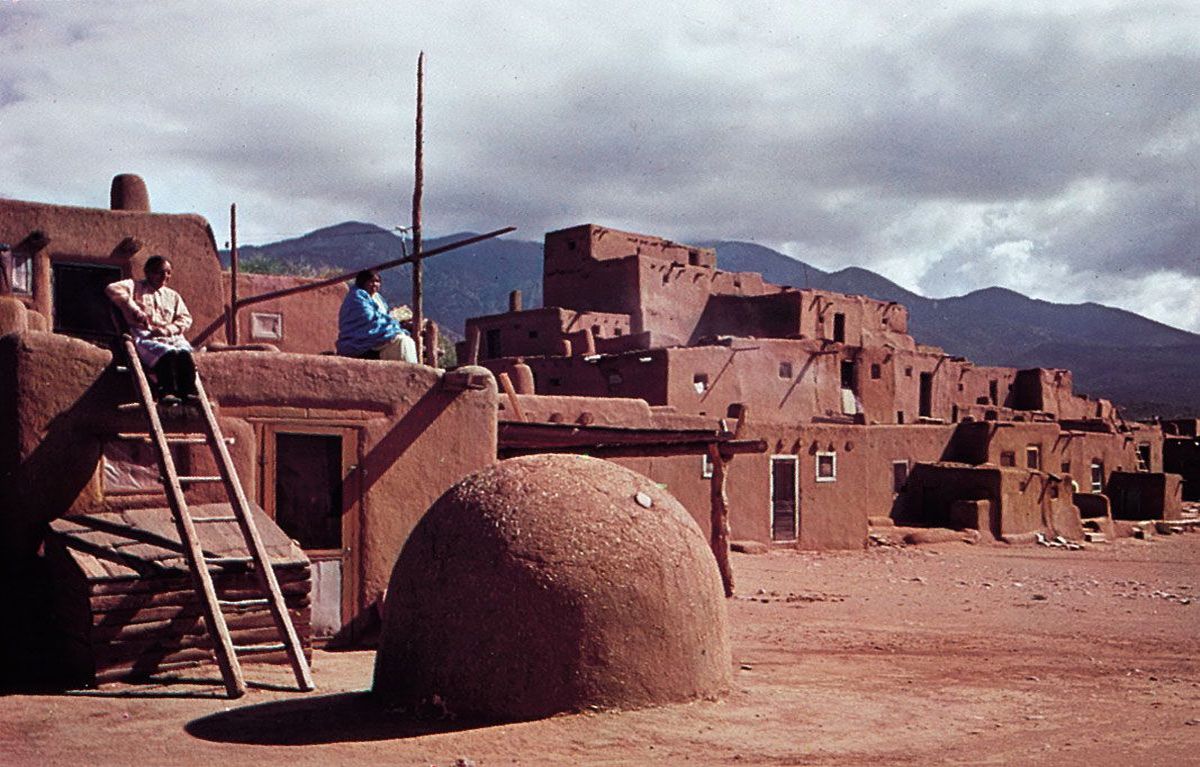Secrets Of Arizona’s Hohokam Trade Routes

Have you ever wondered how ancient civilizations traded goods without modern transportation? The Hohokam people of Arizona mastered this challenge over a thousand years ago. They created extensive trade routes that connected their settlements with distant regions. These routes allowed them to exchange items like shells, copper, and pottery. The Hohokam's ingenuity in building canals and pathways through the harsh desert landscape is truly remarkable. By understanding their trade networks, we can gain insight into their daily lives, culture, and survival strategies. Let's dive into the fascinating world of the Hohokam and their impressive trading system.
Secrets of Arizona's Hohokam Trade Routes
The Hohokam people, who thrived in the Sonoran Desert for over a thousand years, created an intricate network of trade routes. These paths connected distant regions, facilitating the exchange of goods, ideas, and culture. Let's explore some key locations along these ancient trade routes.
1. Casa Grande Ruins
Casa Grande Ruins, located in Coolidge, Arizona, served as a major hub for the Hohokam civilization. This four-story structure, built around 1350 AD, was a central point for trading activities. Artifacts found here include shells from the Gulf of California and copper bells from Mexico, showcasing the extensive reach of Hohokam trade.
2. Snaketown
Snaketown, situated near the Gila River, was another significant Hohokam settlement. Excavations have revealed a wealth of trade goods, including pottery, turquoise, and obsidian. The presence of these items indicates that Snaketown was a bustling trade center, connecting the Hohokam with distant cultures.
3. Pueblo Grande
Pueblo Grande, located in present-day Phoenix, was a large Hohokam village. This site features an extensive canal system, which not only supported agriculture but also facilitated trade. Items such as shell jewelry, exotic stones, and woven textiles found here highlight the diverse trade network of the Hohokam.
4. Mesa Grande
Mesa Grande, another important Hohokam site, is located in modern-day Mesa, Arizona. This platform mound complex was a focal point for religious and trade activities. Artifacts discovered here include marine shells, copper, and pottery, indicating active trade with coastal and inland regions.
5. Gila Bend
Gila Bend, positioned along the Gila River, was a strategic location for the Hohokam trade routes. This area served as a crossroads for traders traveling between the Gulf of California and the interior Southwest. Items such as shell beads, turquoise, and obsidian found here reflect the extensive trade connections.
6. Marana Mound
Marana Mound, located near Tucson, was a significant Hohokam ceremonial site. The presence of trade goods such as pottery, shell ornaments, and stone tools suggests that this location played a vital role in the exchange of goods and cultural practices.
7. Red Mountain
Red Mountain, situated near the Salt River, was another key Hohokam trade site. This area was known for its rich deposits of red ochre, a valuable trade commodity. The trade of red ochre, along with other goods, helped establish Red Mountain as an important trading post.
8. Tumamoc Hill
Tumamoc Hill, located in Tucson, was a prominent Hohokam settlement. This site features numerous petroglyphs and artifacts, including pottery and shell jewelry. The variety of trade goods found here indicates that Tumamoc Hill was an active participant in the Hohokam trade network.
9. La Ciudad
La Ciudad, situated in what is now downtown Phoenix, was a large Hohokam village. This site had an extensive canal system that supported agriculture and trade. Artifacts such as shell beads, turquoise, and pottery found here highlight the importance of La Ciudad in the Hohokam trade routes.
10. Grewe-Casa Grande Complex
The Grewe-Casa Grande Complex, located near Casa Grande Ruins, was a major Hohokam settlement. This site features a large platform mound and numerous artifacts, including pottery, shell jewelry, and stone tools. The presence of these items indicates that the Grewe-Casa Grande Complex was a key hub in the Hohokam trade network.
The Legacy of Hohokam Trade Routes
Hohokam trade routes reveal a rich history of commerce and culture in Arizona. These ancient paths connected distant communities, allowing the exchange of goods like shells, pottery, and turquoise. The Hohokam people demonstrated impressive engineering skills, creating extensive canal systems to support agriculture in the desert. Their legacy lives on through the artifacts and ruins that still dot the landscape. Exploring these routes offers a glimpse into a civilization that thrived in harmony with its environment. Understanding the Hohokam's achievements helps us appreciate the ingenuity and resilience of ancient cultures. Next time you're in Arizona, consider visiting these historical sites to walk in the footsteps of a remarkable people. The Hohokam trade routes are not just paths through the desert; they are pathways to understanding a vibrant and enduring legacy.

